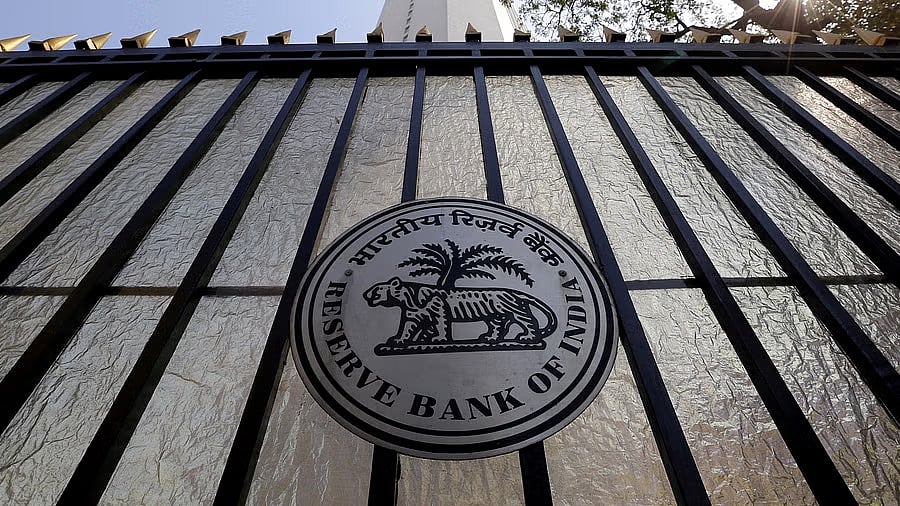
The Reserve Bank of India (RBI) logo.
Credit: PTI File Photo
An accommodative stance by the Reserve Bank of India (RBI) refers to a monetary policy approach aimed at boosting economic growth, usually by keeping interest rates low or injecting liquidity into the economy.
In simpler terms:
When the RBI takes an accommodative stance, it is saying:
“We are open to lowering interest rates or keeping them low for now.”
“We want to support borrowing, spending, and investment to stimulate the economy.”
Why would the RBI do this?
An accommodative stance is typically adopted when:
Economic growth is slowing down
Inflation is under control or low
There’s a need to support job creation and credit flow
Tools used under this stance:
Reducing the repo rate (the rate at which banks borrow from the RBI)
Injecting liquidity into the banking system
Encouraging banks to lend more
(Disclaimer: This article has been written by a generative AI tool and has been edited and reviewed by the DH Web Desk.)
